Contemporary lives are jammed with materials and products that dwell transitorily in homes but leave behind footprints worth hundreds of years as they tardily decompose in the environment. Short-sighted and inefficient methods of utilising otherwise sustainable materials pose similar threats to ecosystems in the long run. The unfathomable potential and intelligence that nature withholds are more often than not turned a blind eye to. Fungi—organisms that have inhabited the planet for nearly a billion years—are among the many species that epitomise this innate capability. Survival and evolution spanning countless millennia are testimonies to these organisms’ advanced forms, perhaps more advanced than humankind. Are these life forms, brimming with knowledge and experience, the solutions to the foreboding status quo?
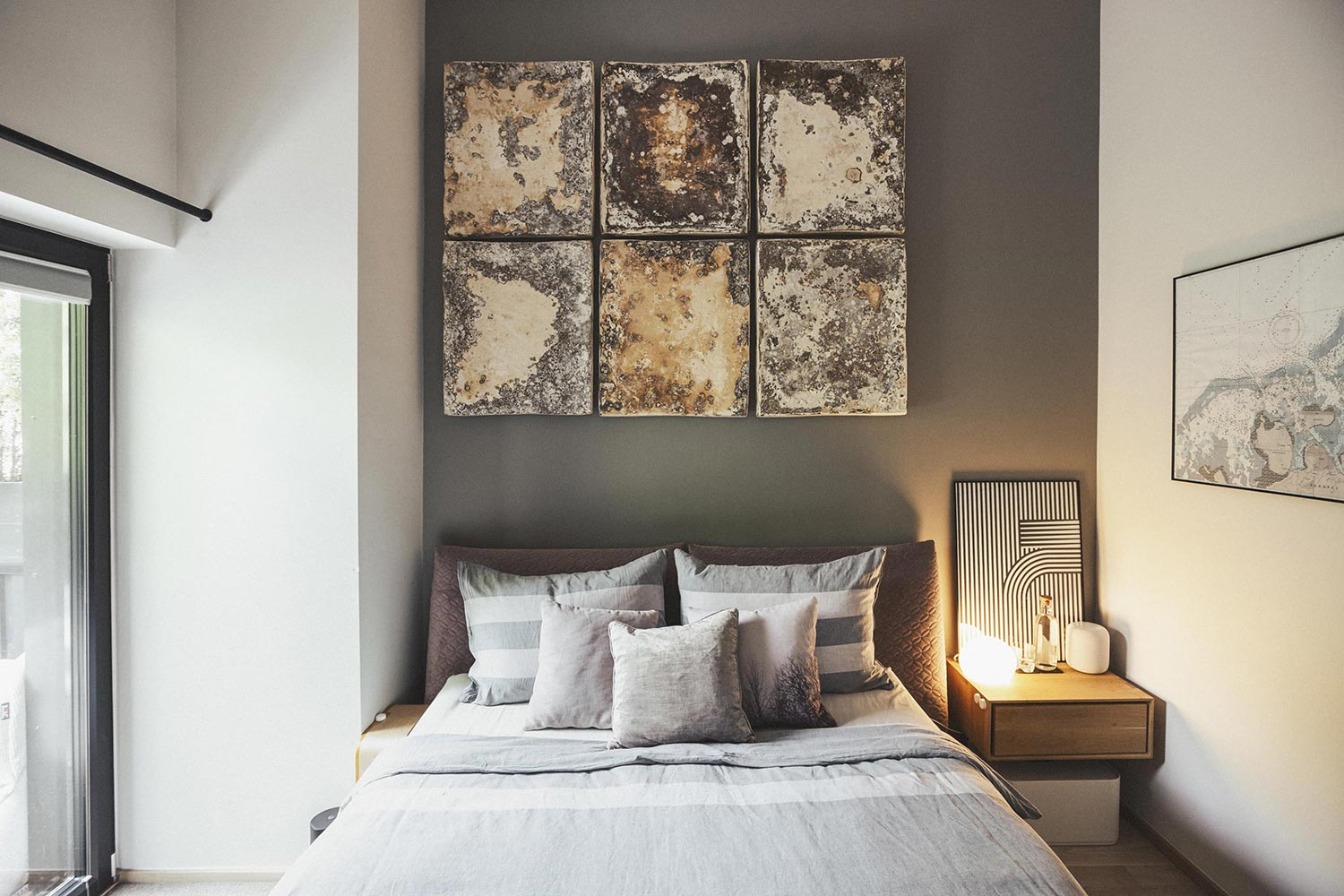
Myceeen, a sustainable design and research entity based in Tallinn, Estonia, grows carbon-negative materials combining mushroom mycelium and industrial byproducts. Focused on the development of mushroom mycelium-based materials, the biotechnology company began with furniture design and interior products before transitioning to building materials. Mycelium comprises a network of hyphae that supply nutrients for the fungus, a network that can adhere loose matter into solid, non-flammable, carbon-negative material with good acoustic properties. "The production of novel mushroom materials is a perfect example of circular manufacturing and can potentially replace plastics and problematic composites," explains Siim Karro, co-founder of Myceen. "Using other industries’ leftovers and combining them with mushroom mycelium (the root system of mushrooms), it is possible to grow carbon-negative and compostable materials," he adds.
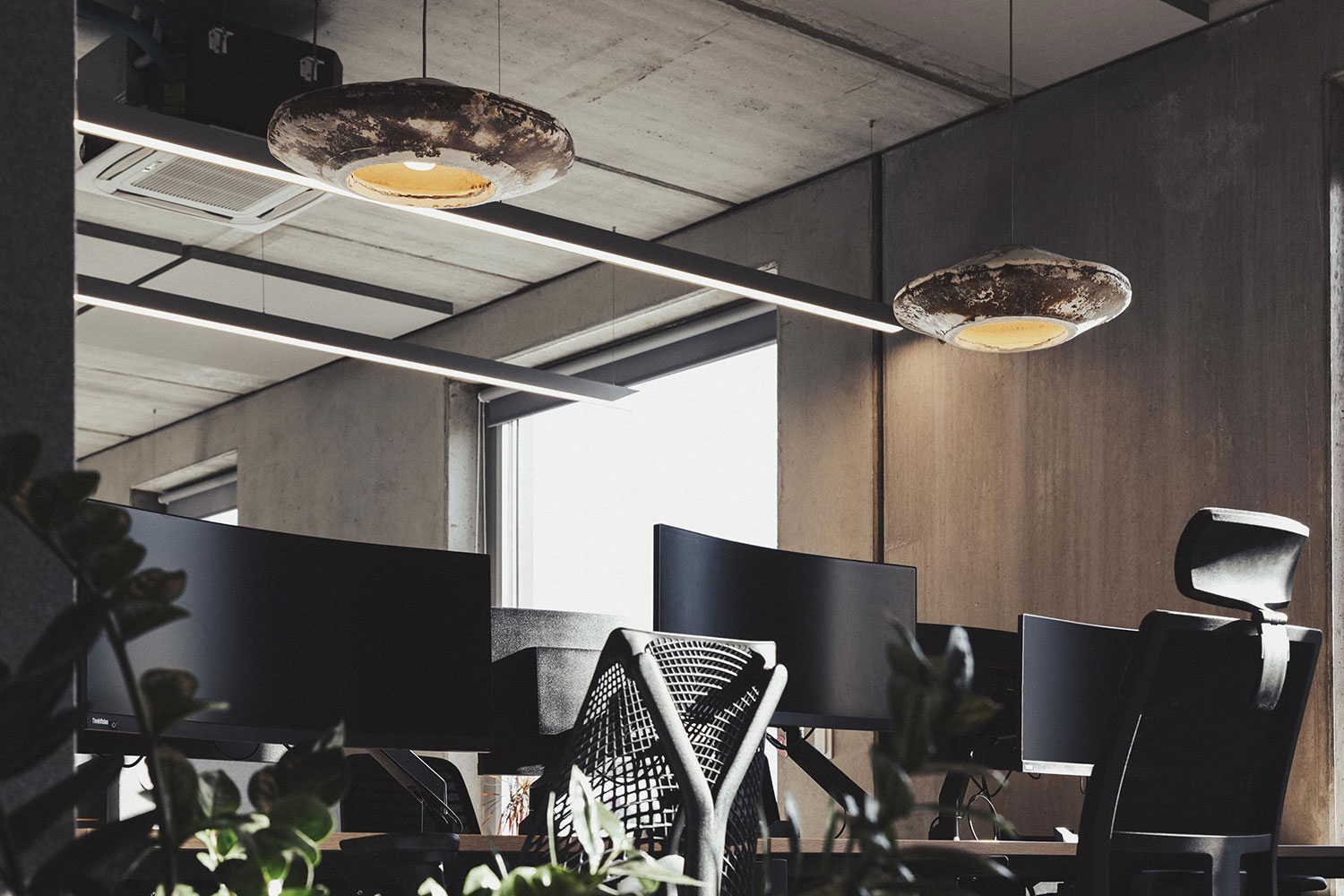
Their recent creation, B-Wise, a sustainable lamp cultivated from mushroom mycelium, marks their venture in the sphere of lighting design. Originally conceived for Fintech company Wise Tallinn headquarters to enhance the office's acoustic properties, the lamp design appears like an illuminated floating mushroom—a definite head turner. It was designed with a large surface area to satisfy the acoustic requirements. “A key aspect of the design is that the lampshade has been merged together from two separately grown parts that are put together during the production process,” shares the product designer. “The mycelium recognises its species companion and grows the material together without any glue or additives needed,” he adds.
It is believed that ancient fungi dominated the natural landscape before trees, growing several metres high and evoking a trunk-like silhouette. Guided by the untapped potential of the fungal kingdom, Myceen developed Hi Blox and Lo Blox. These multifunctional furniture blocks were initially designed for Maidla Nature Resort and the monolithic volumes of mushrooms each, showcasing a singular surface finish, shapeshift as seats, side tables, or plinths.
Myceen’s acoustic panels distil forms of the natural environment. Available in two sizes—Acoustic Panel S and Acoustic Panel L—each panel flaunts a unique surface pattern birthed by the clandestine operations of mycelium. The smaller panels work best when arranged in groups, while the larger panels function well as a single piece but can also assist in forming larger compositions on the wall. The panels are available in two different finishes: mycelium white with a soft velvet-like surface and mushroom brown with a harder surface, with varying earthy shades from white to brown. The mushroom material employed in the product design does not contain any chemicals or other synthetic additives, achieving a completely compostable material, rooted in the philosophy of circular design. Moreover, the growth of mycelium is stopped by drying the material, halting fruiting and spore formation, and making the products safe for humans and buildings.
“The projects are good examples of how we can make use of leftovers and with the help of fungi turn them into functional products,” says Karro. Fungi are ubiquitous, residing in the air we breathe, the soil that nourishes us, and even our bodies—playing intrinsic roles in nature. Yet, a large fraction of the potential that exists in this group of organisms remains unexplored. In recent years, fungal biotechnology has experienced a period of resurgence, catalysing an overdue transition to bio-resources and fuelling the journey towards a circular economy. Myceen harnesses the endless possibilities that fungi entail, introducing to the world the intriguing creations of their closet collaborator, mycelium.






 Sign in with email
Sign in with email


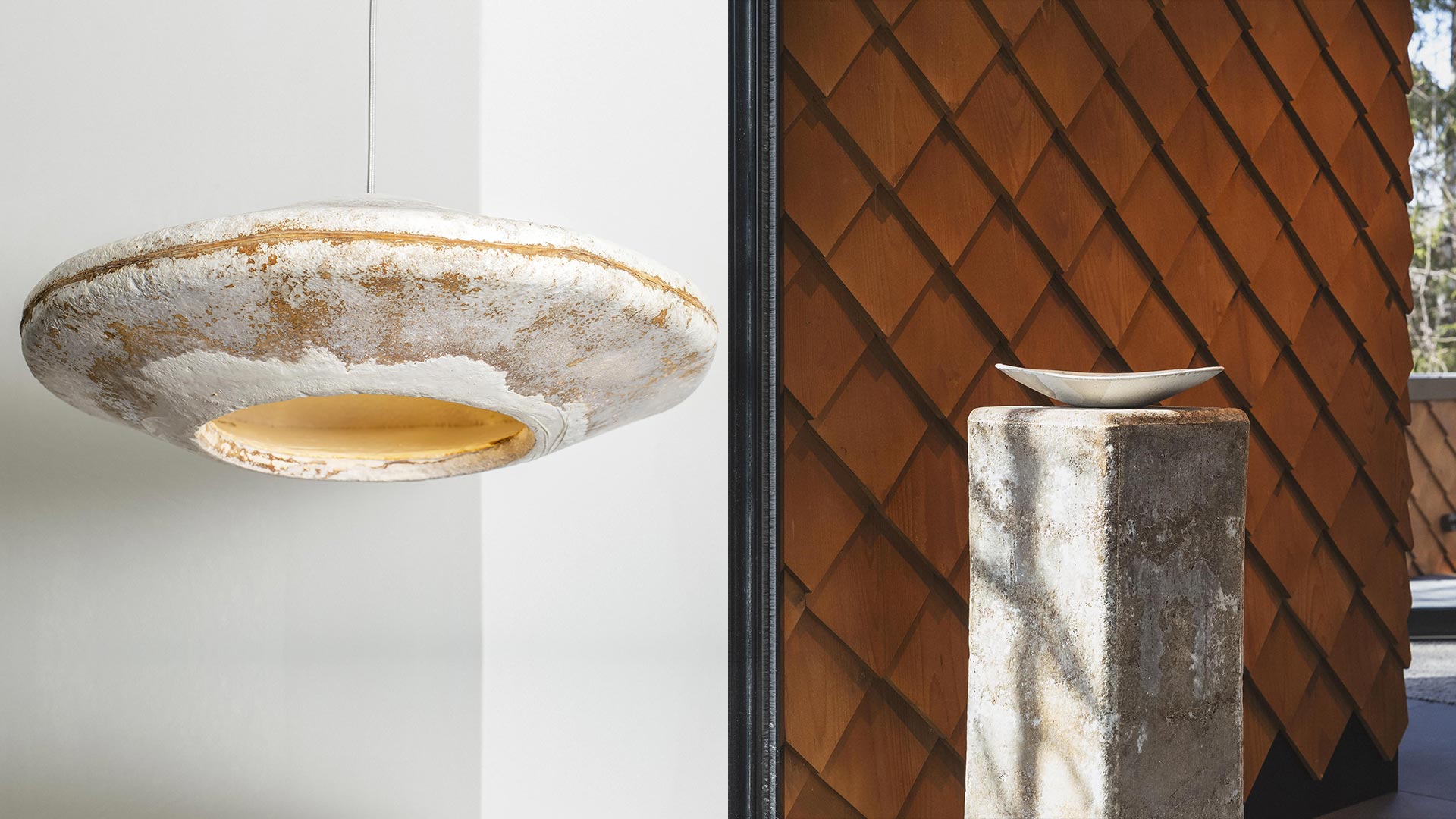
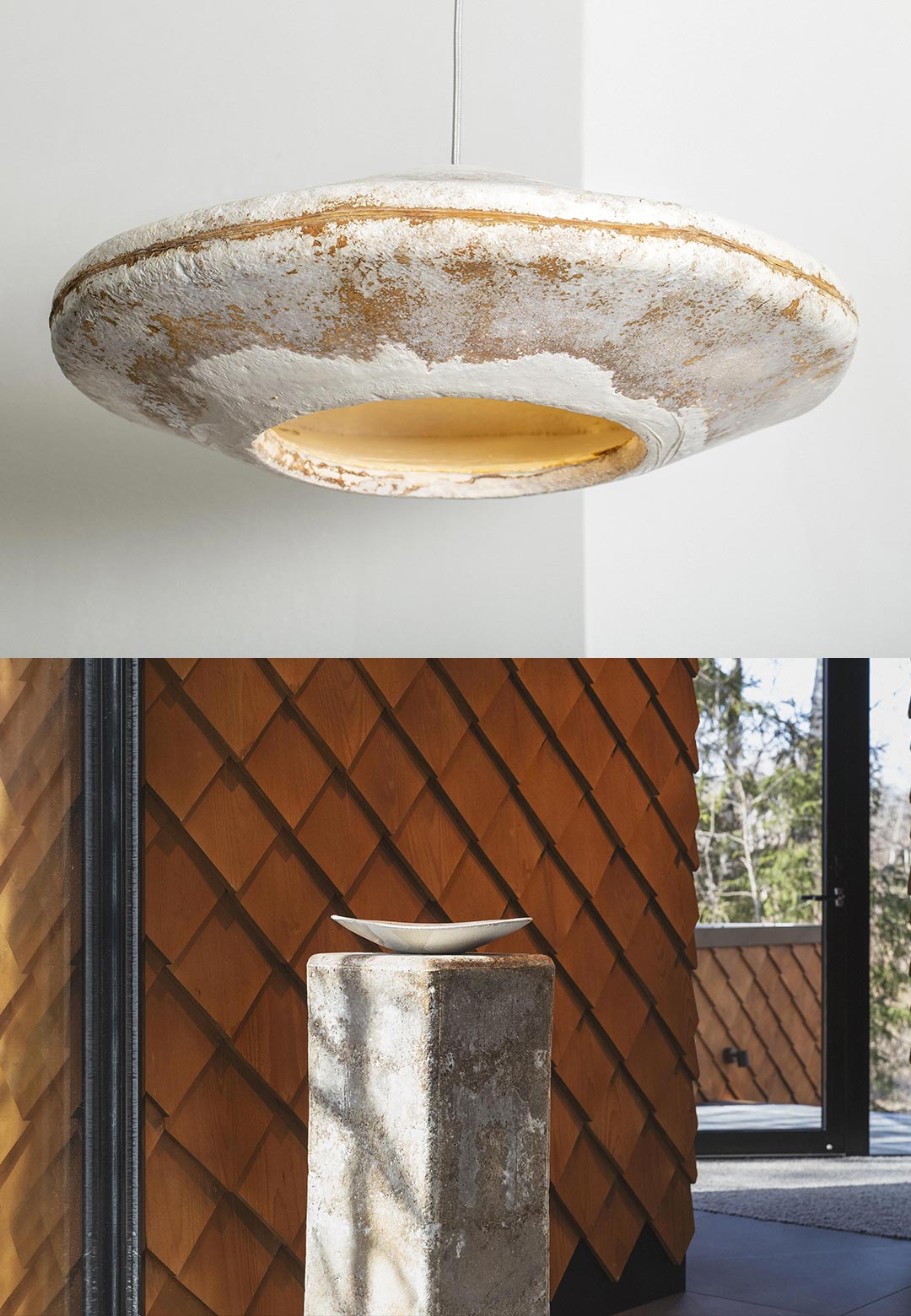
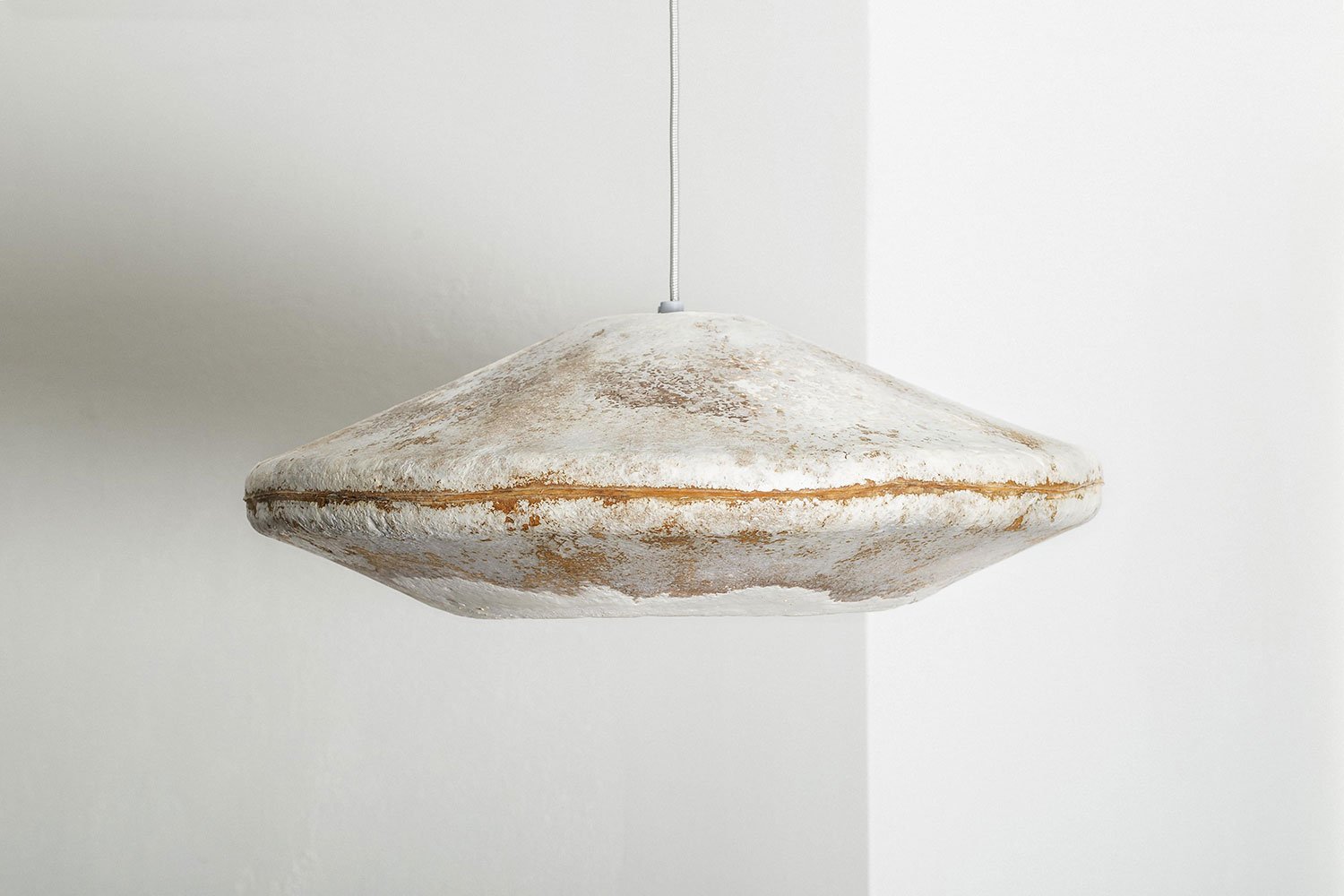
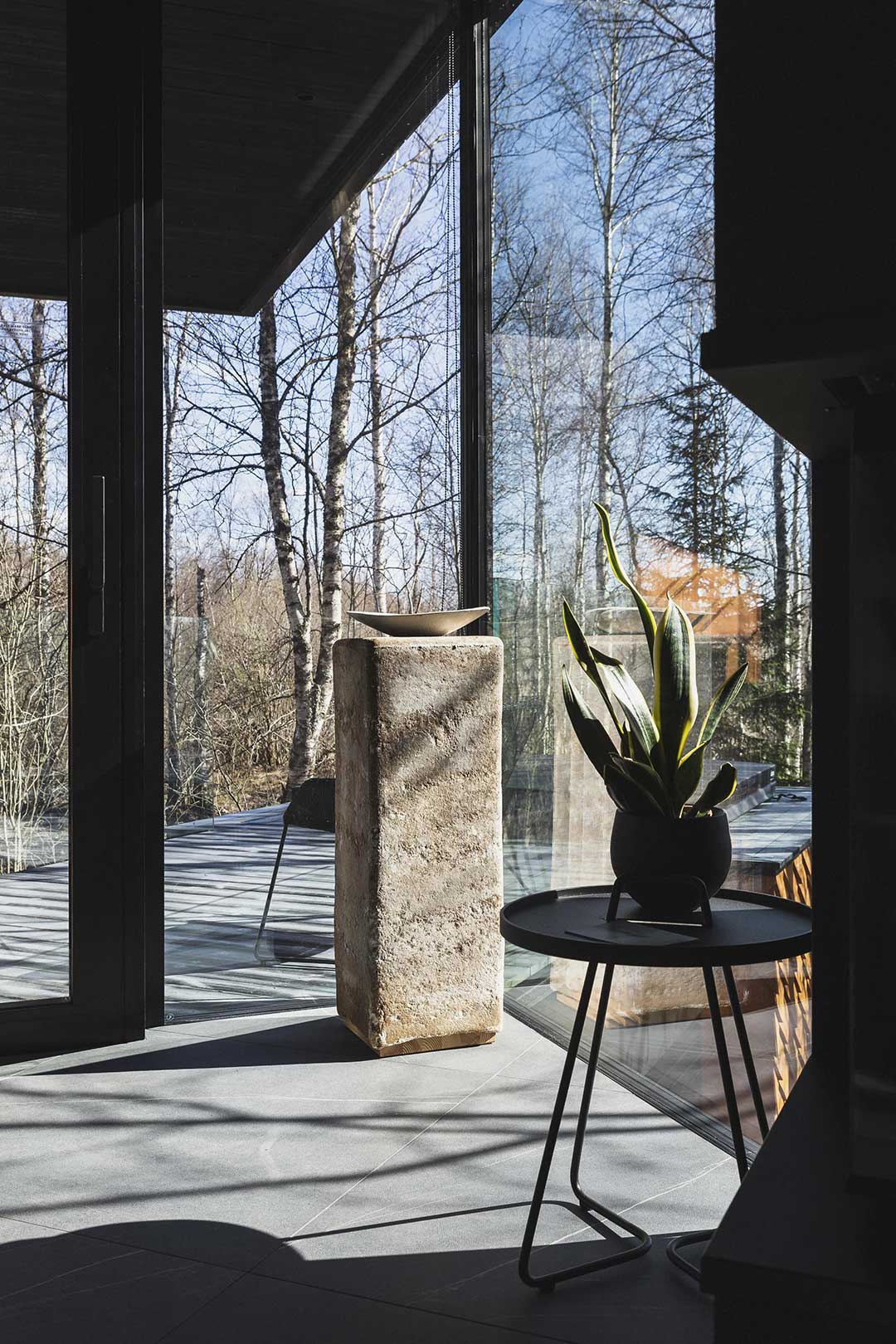
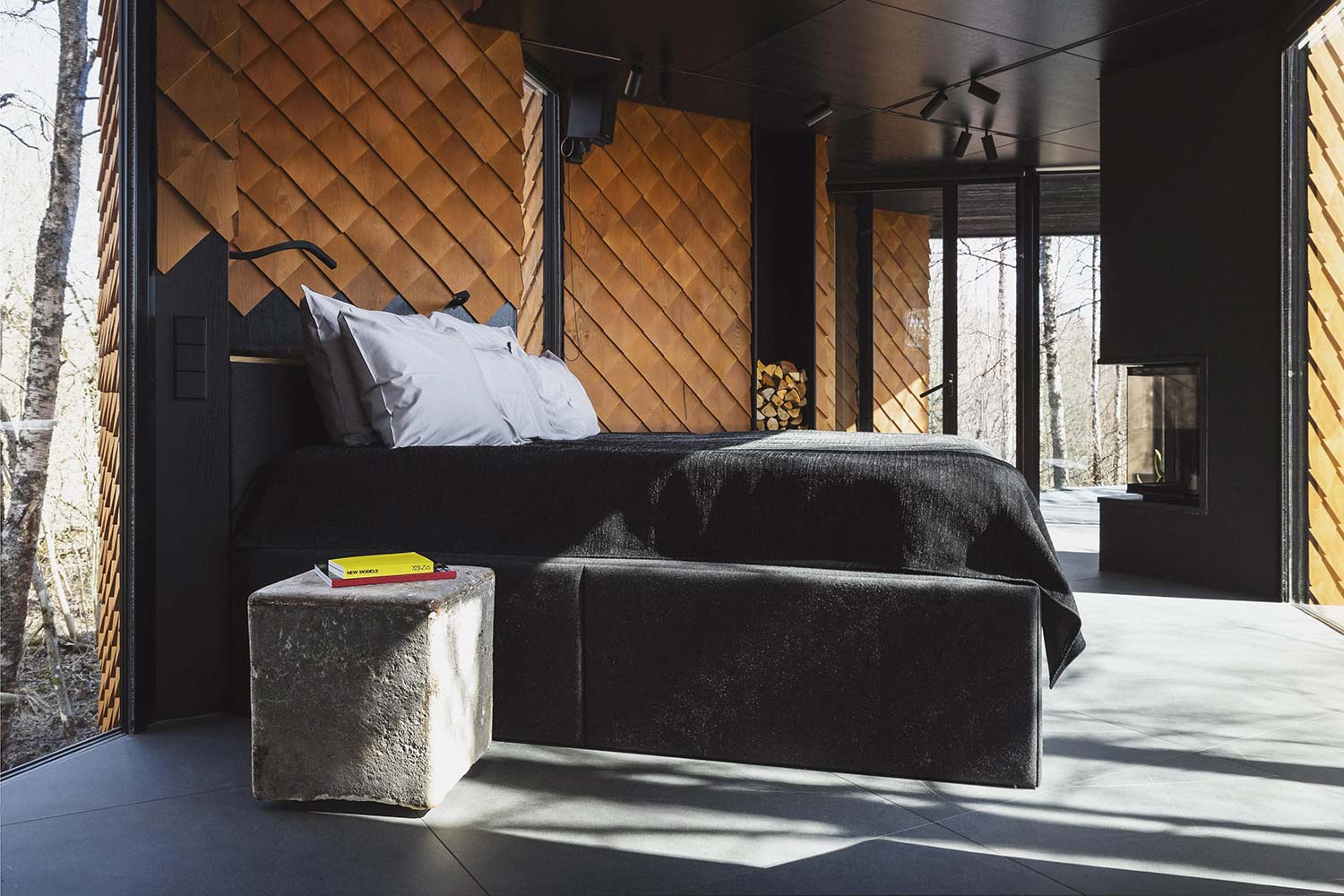
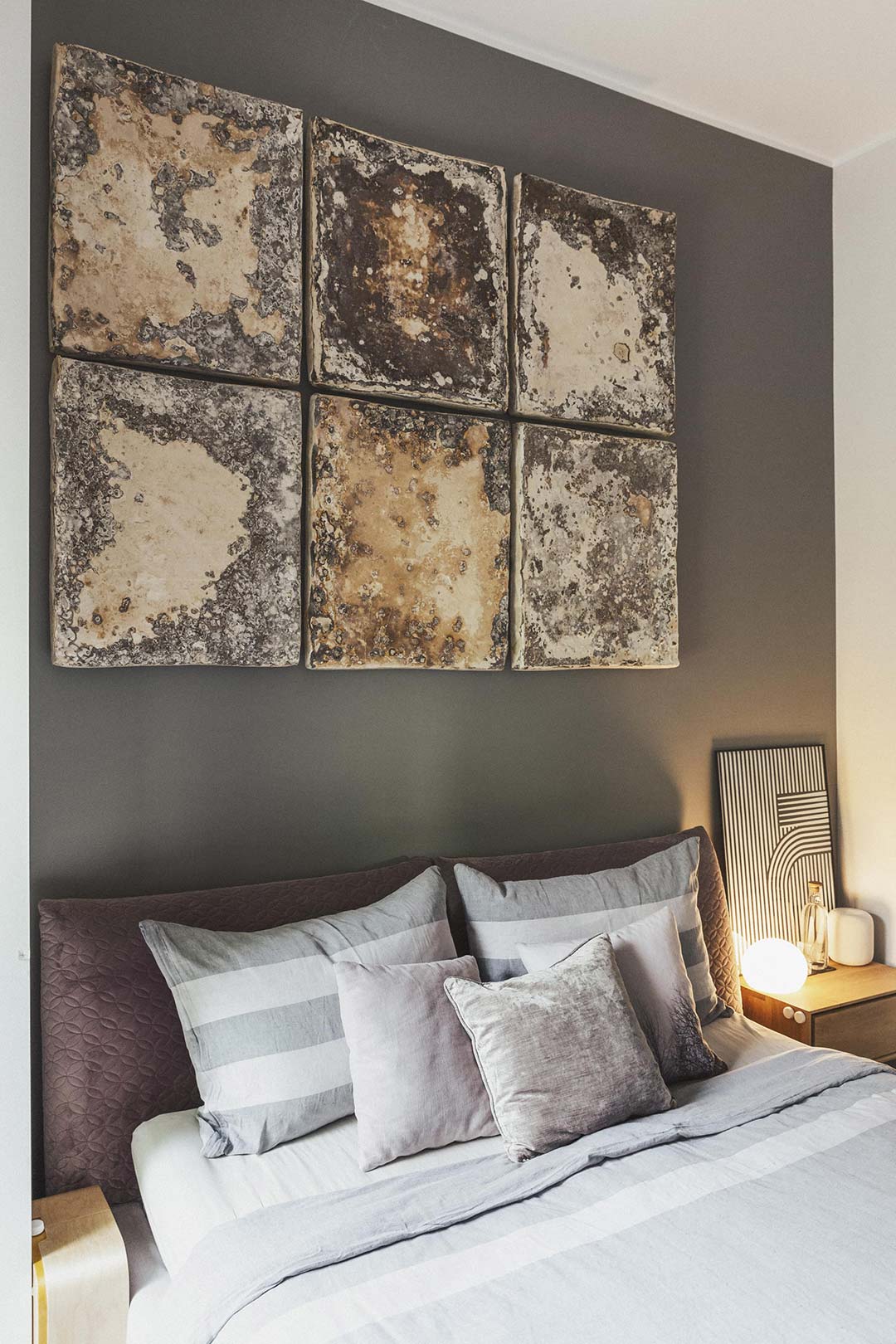
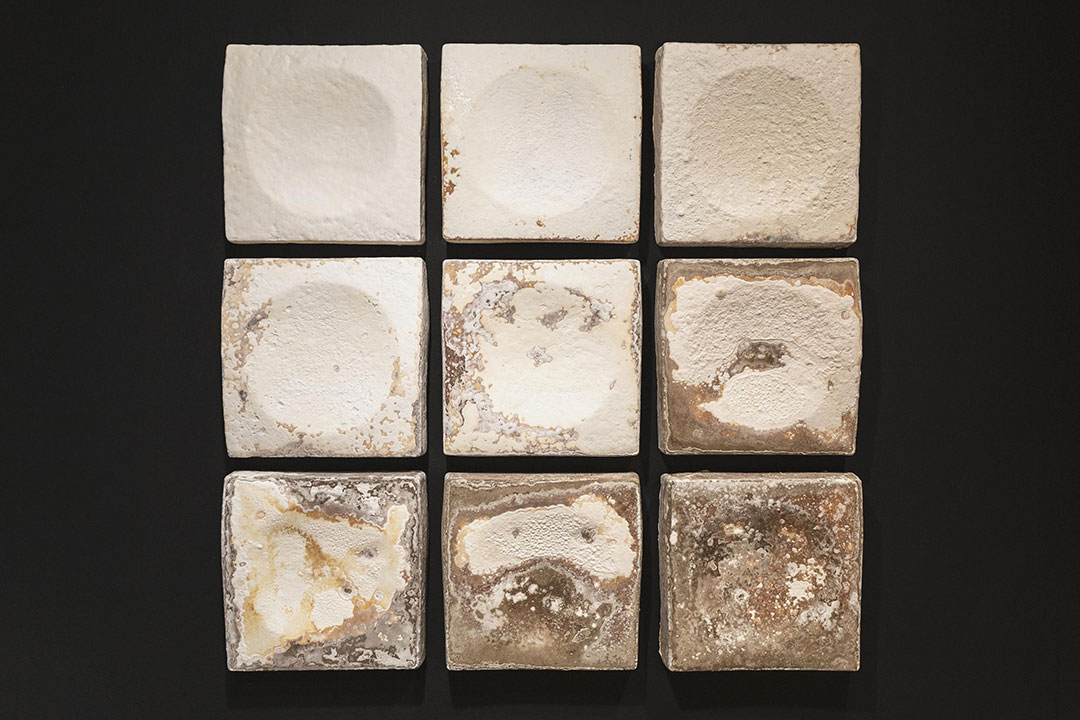
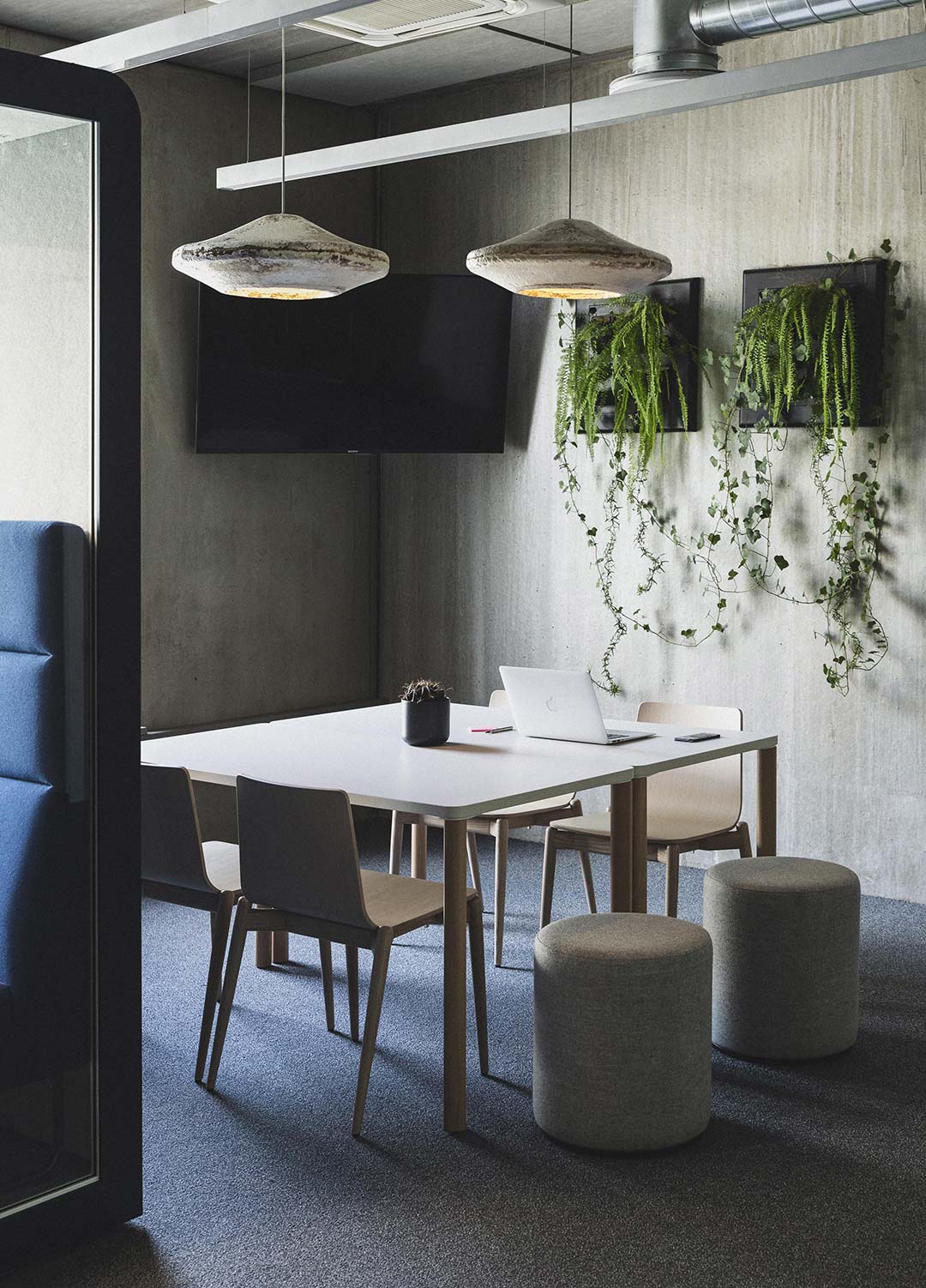







What do you think?